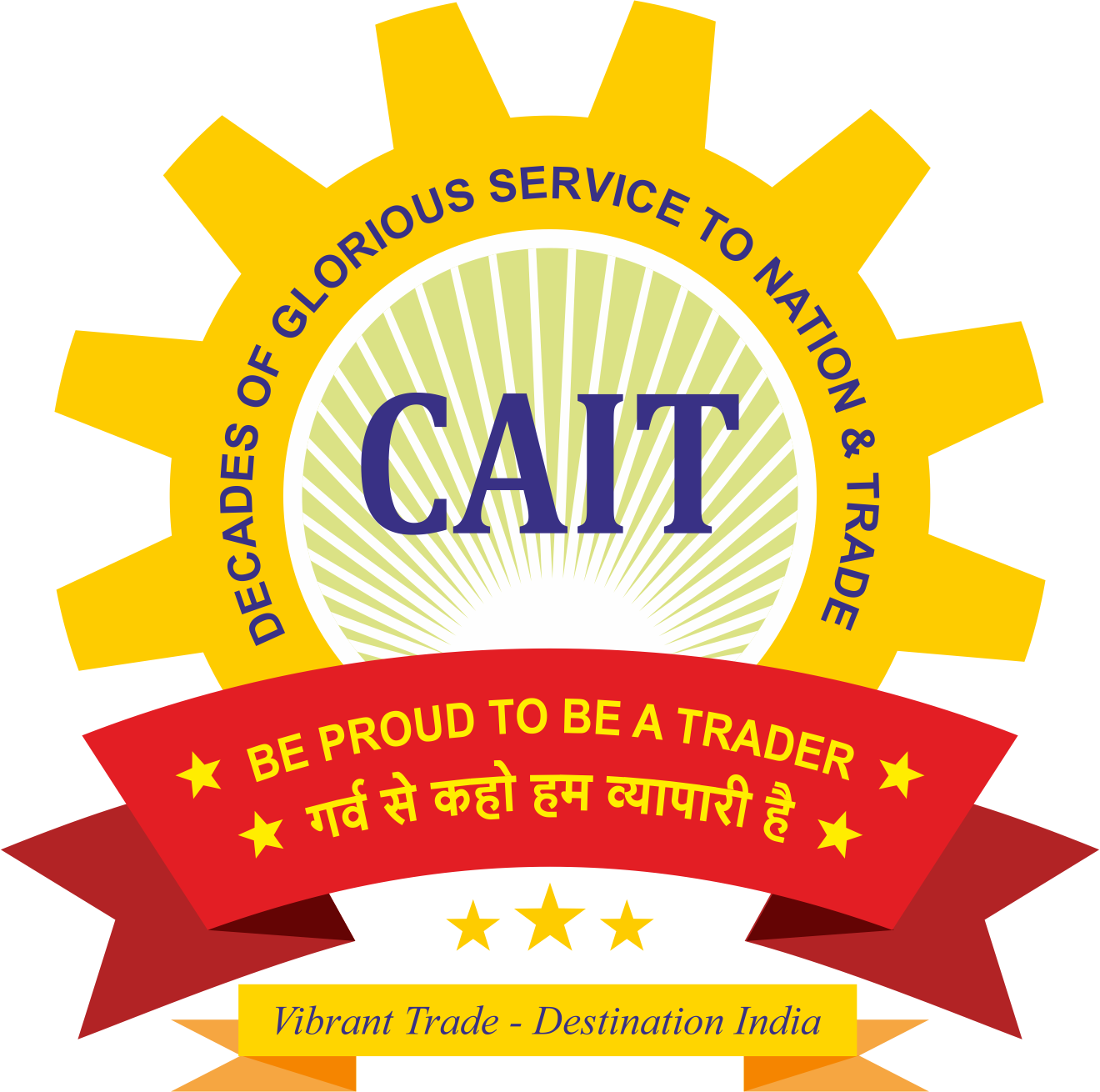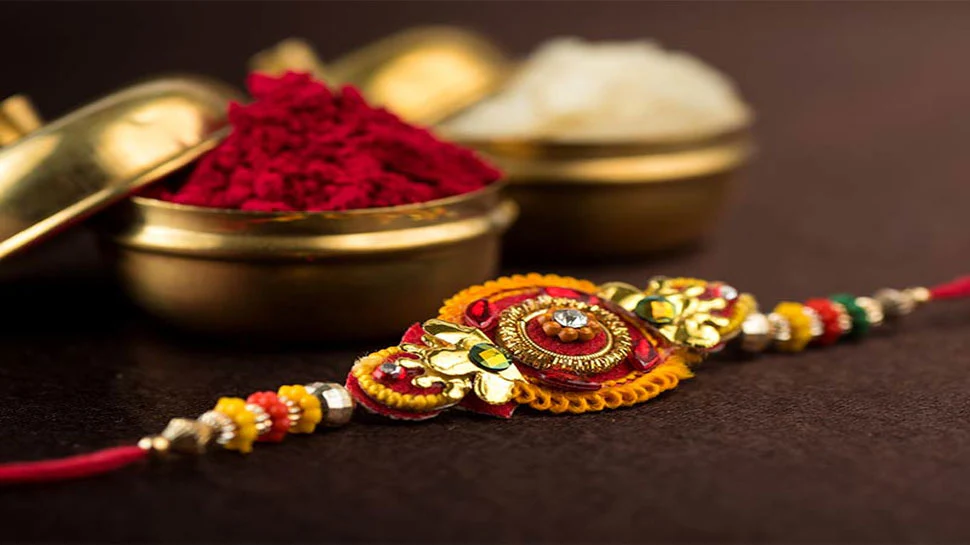
Confluence of Raksha Bandhan and Quit India Movement on August 9 – Traders expect business worth ₹17,000 crore
This year, Raksha Bandhan — the sacred festival symbolizing the unique bond of love and affection between brothers and sisters — will be celebrated across the country on 9th August. The 2025 festival holds special historical significance, as it coincides with the anniversary of the Quit India Movement. Given this rare and meaningful combination, the Confederation of All India Traders (CAIT) has urged traders across the nation to celebrate this Raksha Bandhan as a “*Rashtrabhakti Rakhi Utsav”* (Patriotic Rakhi Festival). While the day will reflect familial love, it will also reignite a sense of patriotism.
Recognizing this unique opportunity, traders nationwide have already begun large-scale preparations to boost Rakhi sales. According to estimates, this year’s Raksha Bandhan is expected to generate a business of approximately ₹17,000 crore across India.
Praveen Khandelwal, Member of Parliament from Chandni Chowk and Secretary General of CAIT, stated that in a recent initiative to honour the bravery and courage of India’s armed forces, women entrepreneurs from across the country — inspired by CAIT — will be sending Rakhis to soldiers of the three wings of the Indian military. CAIT will also personally meet with Defence Minister Shri Rajnath Singh to present a consignment of Rakhis for the soldiers.
CAIT’s Vedic and Religious Committee Chairman and renowned astrologer Acharya Durgesh Tare explained that according to scriptures, Raksha Bandhan should be celebrated during Aparahna (afternoon) period and not during Bhadra. He quoted: “Bhadraayaam dve na kartavye, Shravani Phalguni tatha; Shravani nripatim hanti, Gramam hanti cha Phalguni.”
This year, Raksha Bandhan should ideally be celebrated from morning till 1:38 PM, as this period is free of Bhadra and falls under the auspicious Shravana Nakshatra.
Shri Khandelwal also shared that this year, innovation will dominate Rakhi sales. Apart from traditional Rakhis, the market is witnessing a surge in demand for new-age, innovative Rakhis including Eco-friendly Rakhis: Made from clay, seeds, bamboo, cotton, India-themed Rakhis: “Vocal for Local”, “Har Ghar Tiranga”, “Jai Hind”, “Vande Mataram”, tri-colour Rakhis, Customized Rakhis: With photos and names, Digital Rakhis: With QR codes that enable video messages
Additionally, inspired by the spirit of Vasudhaiva Kutumbakam, several Rakhis are being crafted using regional specialties from across India. These include Kosa silk Rakhis from Chhattisgarh, Jute Rakhis from Kolkata, Silk Rakhis from Mumbai, Khadi Rakhis from Nagpur, Sanganeri art Rakhis from Jaipur, Seed Rakhis from Pune, Woolen Rakhis from Satna, Tribal bamboo Rakhis from Jharkhand, Tea-leaf Rakhis from Assam, Date palm Rakhis from Kerala, Pearl Rakhis from Kanpur, Banarasi fabric Rakhis from Varanasi, Madhubani and Maithili art Rakhis from Bihar. These Rakhis have already started reaching markets across the country.
CAIT expects total business of over ₹17,000 crore in Rakhis alone this year. In addition, related products such as sweets, dry fruits, gift packs, hampers, decorative items, clothing, cosmetics, pooja materials, and packaging are projected to generate an additional ₹4,000 crore in business.
CAIT has appealed to trade associations, market committees, and trader bodies across India to observe this year’s Rakhi as a “Rashtrabhakti Rakhi Utsav”. In many regions, plans are underway to organize Swadeshi Rakhi Melas, where Rakhis made by local artisans and women entrepreneurs will be given prominence.
As in previous years, Chinese Rakhis have found no demand in Indian markets. The entire focus remains on Indian-made Rakhis and domestic products. The tradition of sending Rakhis via courier and digital platforms is also expected to boost business for the logistics, delivery, and digital sectors.
Shri Bhartia and Shri Khandelwal noted that in 2018, Rakhi business stood at around ₹3,000 crore. In just seven years, it has grown to an impressive ₹17,000 crore. Of this, only about 7% is expected to take place online — the vast majority of consumers will continue to buy Rakhis directly from physical markets. This highlights a significant shift in consumer behavior and reiterates the importance for traders to adapt and modernize their methods of doing business.
The emotional value attached to Rakhis motivates buyers to personally visit markets, inspect designs, and make purchases. That is why, despite technological progress, offline sales dominate this festival. It clearly shows that people are now celebrating festivals with renewed enthusiasm and are keen to buy Made-in-India products.
Shri Khandelwal concluded by saying that Raksha Bandhan on 9 August 2025 will not only be a celebration of relationships but also a symbol of patriotism, self-reliance, and trade resurgence. The trading community sees this festival as a powerful opportunity — and is fully engaged in enthusiastic preparations to make it a grand success.
Recent Latest News
- राष्ट्रऋषि दत्तोपंत ठेंगड़ी जी की 105वीं जयंती पर स्वदेशी संकल्प के साथ श्रद्धांजलि कार्यक्रम आज दिल्ली में हुआ
- On the 105th birth anniversary of Rashtrarishi Dattopant Thengadi Ji, a Swadeshi pledge ceremony held in Delhi
- सांसद खंडेलवाल ने केंद्रीय मंत्री अश्विनी वैष्णव से की राष्ट्रीय साइबर सुरक्षा प्रमाणन परिषद बनाने की मांग — सुरक्षित और तकनीकी रूप से सशक्त भारत की दिशा में एक निर्णायक कदम
- MP Khandelwal urges Union Minister Vaishnav to establish a National Cybersecurity Certification Council — A decisive step towards a safe and technologically empowered Bharat
- कैट ने किया राष्ट्रीय स्किलिंग मिशन ‘ARISE’ का शुभारंभ – 25 लाख व्यापारियों व किराना दुकानदारों को मिलेगा सशक्तिकरण कैट, एनएसडीसी और कोका-कोला इंडिया मिलकर करेंगे खुदरा व्यापार को डिजिटल व स्किलिंग से सशक्त — प्रधानमंत्री मोदी के “ स्किल इंडिया-स्ट्रॉंग इंडिया ” विज़न को करेंगे मजबूत

